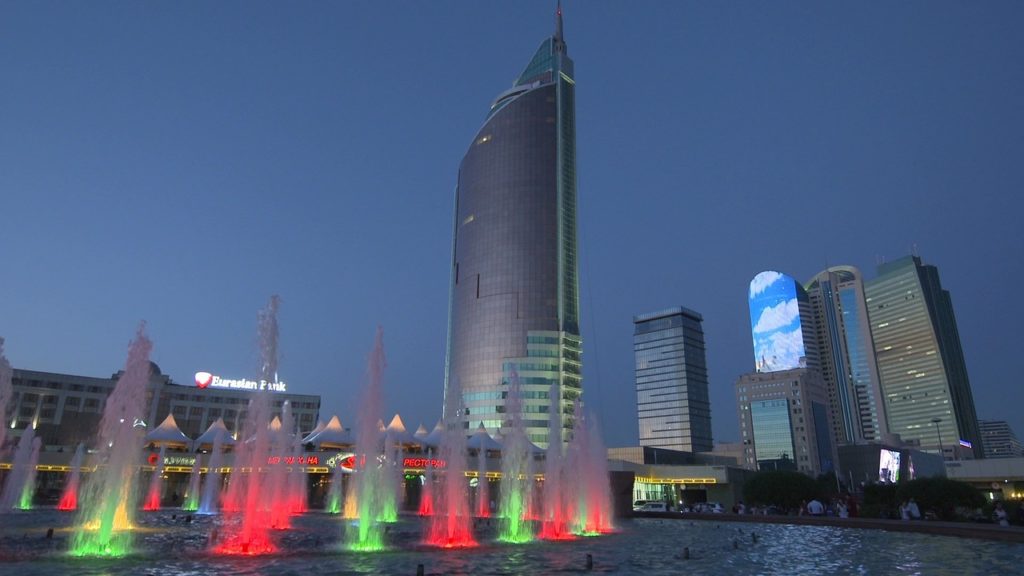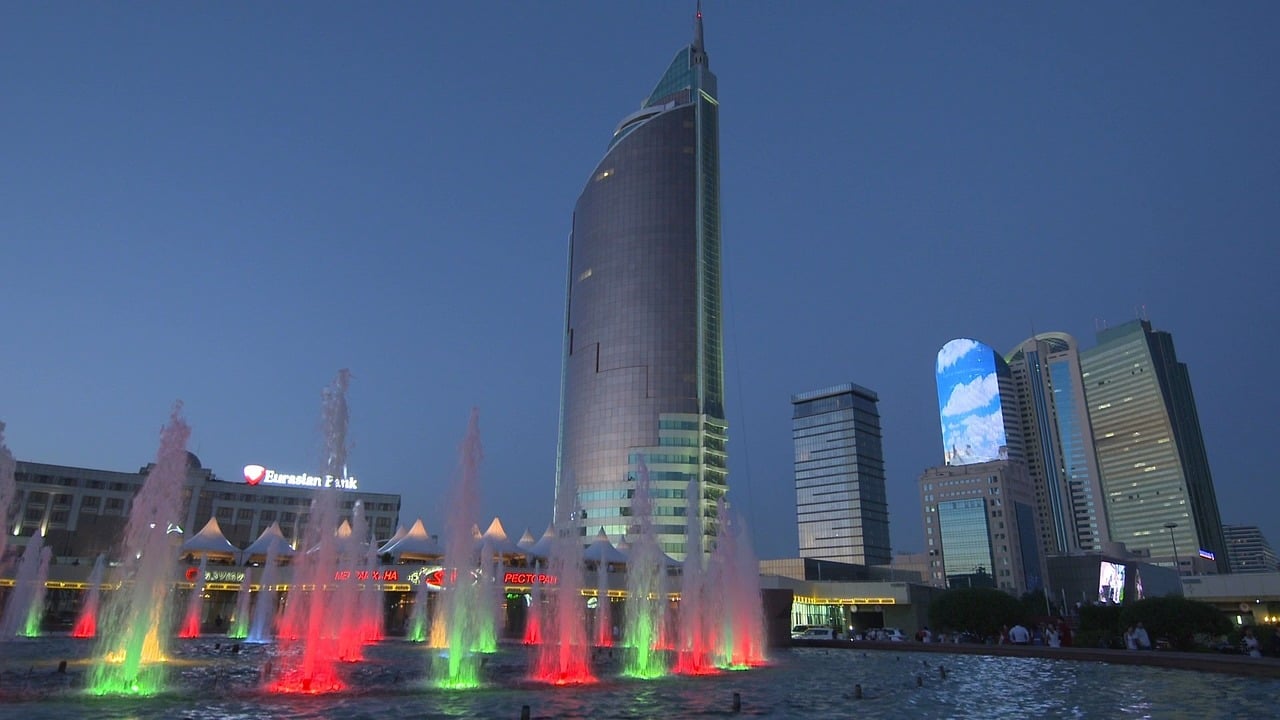Unsurprisingly, things changed in Central Asia after the end of the USSR. Like Russia, industry was privatised and market capitalism embraced. However a less obvious transition is the uptake in Islamic finance (IF) facilities, both as a commercial source of investment and liquidity, and private banking services.

According to Reuters, Islamic finance growth worldwide has been double-digit since 2000, and this trend is manifesting in Central Asia with the emergence of new facilities and incorporation into wider global IF networks. Islamic finance is structured by, and complies with, sharia law — especially in consideration to the goods and services it funds (for example, pork or alcohol) and the prohibition of particular forms of interest. These institutions have grown in tandem with a global revival of Islamic identity since the late twentieth century, and a disillusionment with ‘western’ banking forms and the perceived regularity of their failure to successfully underwrite risk. In tandem, the Soviet policy of religious suppression once enforced in Central Asia was lifted after independence, creating a regional renaissance of Islamic observation and expression across this Muslim majority region, which further facilitates the enthusiastic embrace of IF.
To varying degrees other Central Asian nations have embraced Islamic finance (most notably Kyrgyzstan), but Kazakhstan leads the way in the development of IF. In 2009 Kazakhstan became the first former-Soviet nation to issue IF guidelines, and in 2010 the first Islamic financial institution — Al Hilal Bank — was granted a license to trade through an intergovernmental agreement between Kazakhstan and Abu Dhabi. Since then, a previously conventional bank — Zaman — became an internationally recognised Islamic Finance institution, and in 2015 the government outlined its policy objectives for the future of IF, with optimistic targets set for 2020. Kazakhstani governmental support for Islamic Finance has included growing multilateral cooperation with more established IF regulatory bodies, including the Islamic Financial Services Board (IFSB), the Accounting and Auditing Organisation for Islamic Financial Institutions (AAOIFI), and the International Islamic Financial Markets (IIFM). Furthermore the Islamic Development Bank (IDB) has committed to financing investment in infrastructure and industrial projects valued at $1.5 billion, demonstrating the impact of global IF networks.
Undoubtedly, the comparatively recent reinstitution of Islam across Central Asia has contributed massively to the uptake of Islamic finance, a new religiosity (not necessary confined to Islam) equally pervading the population and the institutions that uphold these society’s structures. However more pragmatic interpretations of IF’s rise in the region have been mooted by foreign scholars. Sebastian Peyrouse highlights the potential political benefits accrued by established Islamic states (including the Gulf States and Malaysia) through the use of IF as a vehicle for closer economic, political and religious/ideological relations. On the other hand Davinia Hoggarth at Chatham House highlights IF as part of a wider ‘multi-vector’ strategy which, in Kazakhstan especially, seeks to reduce economic reliance on any single foreign partner by embracing investment from a maximum number of sources. Although current estimates suggest that Islamic finance is of minimal scale in Central Asia, the consequences of its growth undeniably are not limited to commercial and financial interests, and IF’s growth will surely be tracked intently by international businesses and governments alike.
Observers must be realistic when noting this upwards IF trend. After all, even as the Central Asian nation with the deepest relationship with Islamic finance, Kazakhstan’s target for total IF banking assets by 2020 is only 3-5 percent of the national , while IF assets today make up only one percent. However Reuters’ outlook for Islamic financial investment ranks Astana as a top rank destination, with multiple internationally trading banks including Al Baraka and MayBank showing interest in Kazakhstan’s bourgeoning Islamic finance markets. The majority-Muslim population of Central Asia is currently an untapped customer base for IF institutions, while governments across the region are realising the investment opportunities of IF as an alternative to Russian and Chinese sources. Though young, Islamic finance seems likely to expand throughout Central Asia in the coming years.
